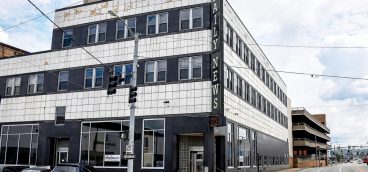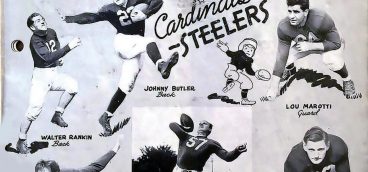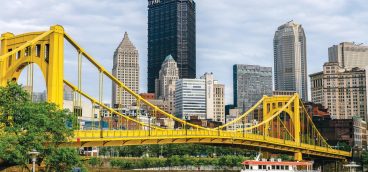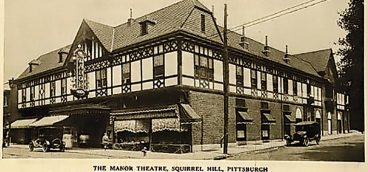Pittsburgh’s Contributions to the World, Pt. II
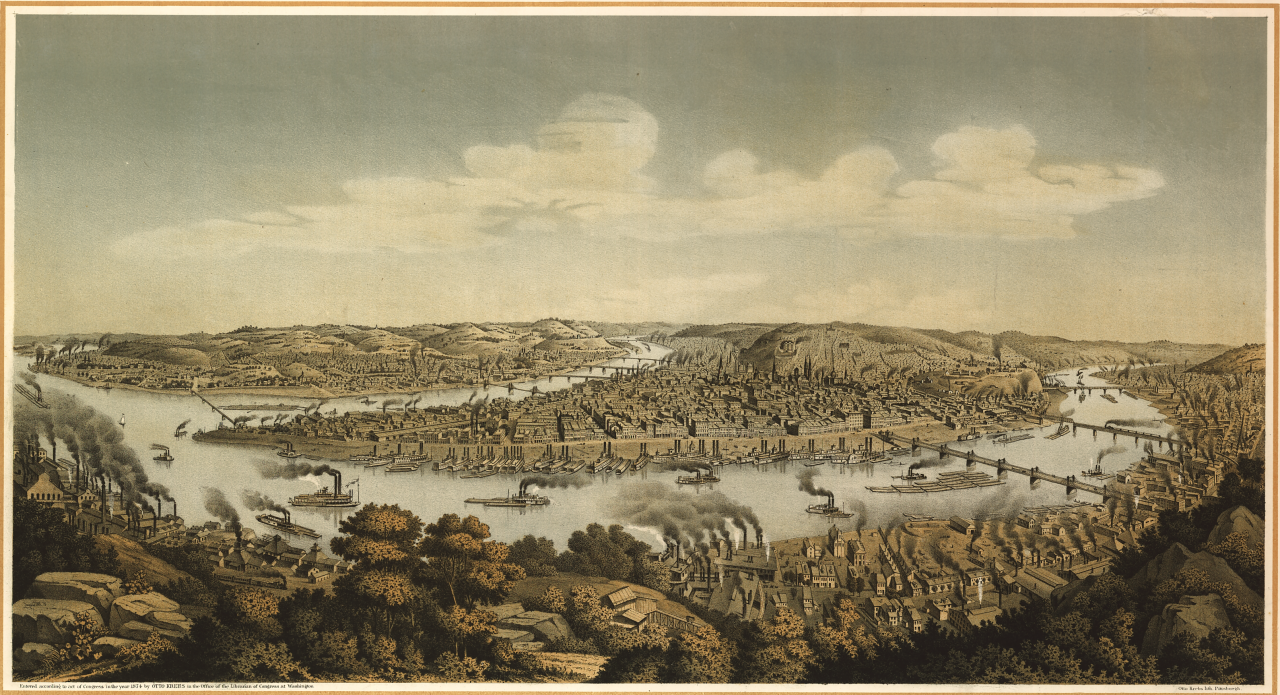
To celebrate the beginning of our 20th year, we’ve set out to catalogue the contributions that Pittsburgh and western Pennsylvania have made to the world. The list has grown and grown, and despite our best efforts, we know we’ll leave out key contributors. I think you’ll find that this small city at the confluence of three rivers has played an astonishingly outsized role in the creation of this country and the world we inhabit. So, read on, and be inspired to pick up the gauntlet and take your turn in building this great American city – Douglas Heuck
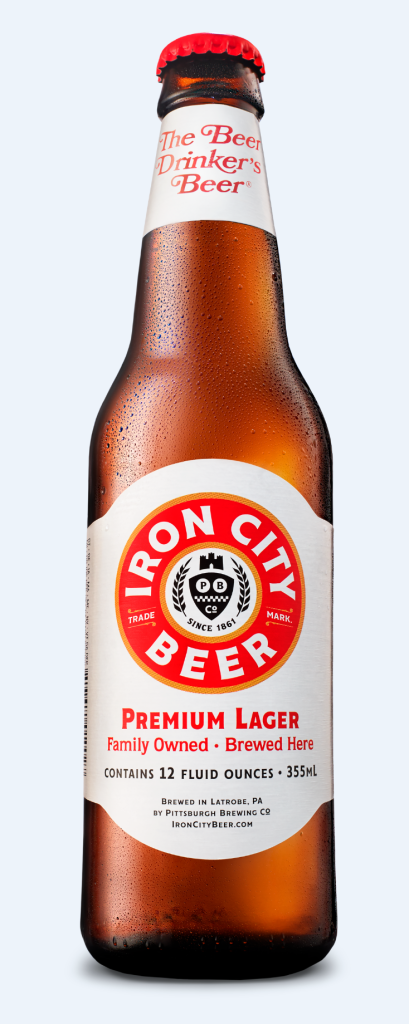
Iron City Beer – Going Strong After 164 Years
Iron City Beer, one of America’s oldest breweries, has been a staple of Pittsburgh culture since its founding in 1861. Produced by the Pittsburgh Brewing Company, Iron City became popular for its affordable price and quality, embodying the working-class spirit of the city. The brewery was a pioneer in the beer industry, introducing the first snap-top can and aluminum beer bottle. Under new owner Cliff Forrest, Pittsburgh Brewing is undergoing a renaissance with new production facilities, new products, and an expanding entertainment venue in Creighton.
John Roebling – Designed the Brooklyn Bridge
Roebling was a German-born engineer who settled in Saxonburg. Best known for designing the Brooklyn Bridge, one of the most iconic structures in American history, Roebling’s use of wire rope revolutionized suspension bridge design. His wire rope factory in Saxonburg provided the materials for many of his engineering projects, including aqueducts and railroads. In the mid-19th century, Roebling proposed the Brooklyn Bridge as a solution to the growing transportation demands between Manhattan and Brooklyn. With its innovative use of steel cables, the bridge became a testament to his engineering genius. Tragically, Roebling was injured in a surveying accident and died in 1869 before the bridge was completed.
Consolidation Coal Company (now Core Natural Resources) and the Pittsburgh Coal Seam
The Pittsburgh Coal Seam is one of the largest and most productive coal deposits in the world. This vast seam fueled Pittsburgh’s rise as a steelmaking powerhouse during the 19th and early 20th centuries. The company most associated with it was founded in 1864 as Consolidation Coal Company. Now known as Core Natural Resources, it has played a vital role in powering the industrial growth of Pittsburgh and the U.S.
Thomas Mellon – Founder of a Banking Dynasty
The founder of Mellon Bank was born in Northern Ireland in 1813, immigrating to the U.S. with his family as a child. They settled in Pennsylvania, where he pursued education and law, eventually becoming a judge in Allegheny County. His disciplined and entrepreneurial spirit laid the groundwork for his family’s lasting influence. In 1869, Mellon left the judiciary to focus on business ventures, founding T. Mellon & Sons Bank. Under his guidance, the bank provided capital to industrial enterprises that drove Pittsburgh’s economic growth during the Gilded Age. Mellon’s investments in coal, steel, and real estate positioned him as a key figure in Pittsburgh’s transformation into an industrial powerhouse. His legacy is reflected in his family’s contributions to business, philanthropy and education. His autobiography, Thomas Mellon and His Times, details his philosophy of hard work and thrift, offering insights into the values that shaped both his life and the Mellon family’s enduring impact on Pittsburgh and beyond.
John Brashear – Sophisticated Telescopes
A self-taught astronomer and instrument maker, Brashear was born in Brownsville, Fayette County, in 1840 and spent much of his life in Pittsburgh. With a passion for astronomy, Brashear began crafting quality telescopes and optical instruments in his spare time, earning a reputation for precision and craftsmanship. His work gained international recognition and contributed to advances in astronomical observation. Brashear’s telescopes were used in observatories worldwide, including Pittsburgh’s Allegheny Observatory, where he served as director.
George Westinghouse – America’s Greatest Inventor-Industrialist
One of the most prolific inventors in American history, George Westinghouse held more than 350 patents in the areas of railroad air brakes, alternating current electricity and natural gas. He was a transformative figure in the development of modern technology and industry. Born in 1846 in Central Bridge, New York, he moved to Pittsburgh in the late 19th century, where he founded the Westinghouse Electric Company and several other enterprises. Westinghouse’s first major invention, the air brake, revolutionized railroad safety. Introduced in 1869, this groundbreaking technology allowed trains to stop more quickly and reliably, reducing accidents and enabling the development of longer and heavier trains. Pittsburgh remains the home of Westinghouse Air Brake Technologies Company, commonly known as Wabtec. The company employs more than 27,000 people in 50 countries.
In the 1880s, Westinghouse turned to electricity. He championed the alternating current (AC) system, which proved to be a more efficient and scalable method of distributing electricity than Thomas Edison’s direct current (DC) system. Despite intense rivalry with Edison, known as the “War of the Currents,” Westinghouse’s AC technology prevailed, powering cities and industries across the U.S. His partnership with Nikola Tesla was instrumental to the success of AC technology. He licensed Tesla’s patents, including the induction motor, and together they demonstrated the viability of AC at the 1893 World’s Columbian Exposition in Chicago. Beyond electricity, Westinghouse contributed to advancements in natural gas distribution, turbine engines, and infrastructure. His companies created thousands of jobs in Pittsburgh, fostering economic growth and innovation. His progressive approach to labor relations, including offering pensions and promoting safe working conditions, reflected his forward-thinking leadership.
Henry John Heinz and His Food Company
Born in 1844 in Pittsburgh to German immigrant parents, H.J. Heinz began his career selling horseradish from his mother’s garden. His emphasis on freshness and cleanliness set him apart from competitors, leading to the founding of his company in 1869. Heinz implemented strict standards for food safety and worker welfare, creating a model factory in Pittsburgh that included amenities such as dining rooms and medical care for employees. This earned Heinz a reputation as a compassionate employer during a time when labor conditions were often harsh.
The company’s flagship product, Heinz ketchup, became a household staple, symbolizing Heinz’s innovative marketing strategies. He was a pioneer in branding, using clear glass bottles to showcase product purity and introducing slogans like “57 Varieties” to create a lasting identity. His focus on advertising helped Heinz products gain international recognition. Under Heinz’s leadership, the company expanded rapidly, becoming one of the world’s leading food manufacturers. Heinz remained deeply connected to Pittsburgh, contributing to community development and philanthropy. His business philosophy was rooted in innovation but also integrity. When his first company went bankrupt after the financial panic of 1873, he kept a list of the people to whom he owed money and, in time, paid them all back. Today, Heinz’s legacy lives on in the H.J. Heinz Company and its iconic products, as well as in The Heinz Endowments, a major charitable supporter of the Pittsburgh region and the country.
The Duquesne Club – One of the Nation’s Best City Clubs
Established in 1873, one of the oldest and most prestigious private clubs in the country has been a gathering place for the city’s industrial elite, hosting influential figures such as industrialists, presidents, and international dignitaries. When President Franklin Roosevelt wanted to put U.S. industry on a war footing, he came to the Duquesne Club to speak with industrialists. Routinely judged the nation’s best city club, it houses a magnificent art collection.
Samuel Langley – Standardized Time
Langley was a Pittsburgh astronomer and physicist who was instrumental in the development of standardized time. As director of the Allegheny Observatory in the late 19th century, Langley created a timekeeping system that synchronized clocks using signals transmitted via telegraph. His work laid the foundation for modern time zones, revolutionizing transportation and commerce.
Mary Cassatt – Impressionist Painter
A native of Allegheny City (now part of Pittsburgh), Cassatt was a groundbreaking Impressionist painter known for her tender depictions of motherhood and domestic life. Born in 1844, she studied at the Pennsylvania Academy of Fine Arts before moving to Paris, where she joined the Impressionist movement. Her friendship with Edgar Degas influenced her distinctive style, characterized by bold colors and delicate brushwork. Cassatt’s work often centered on women and children, capturing intimate moments with emotional depth and technical mastery.
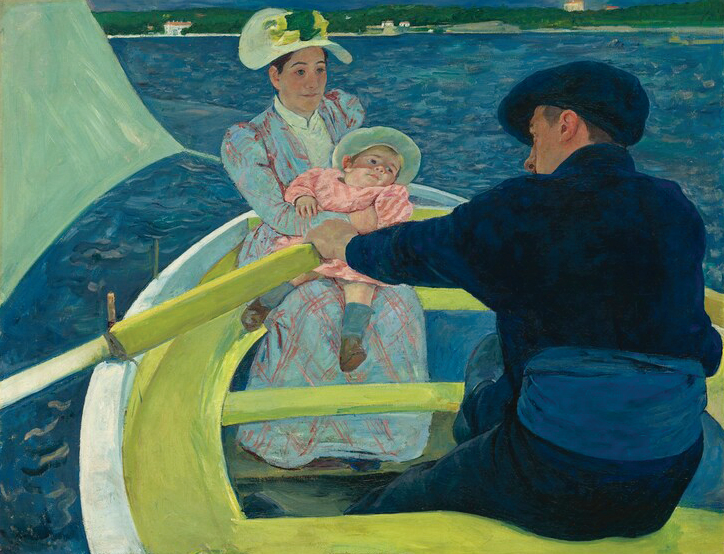
Andrew Carnegie
Carnegie rose from humble beginnings to become the richest man in the world and a pioneer of philanthropy. Born in 1835 in Scotland, Carnegie immigrated to the U.S. with his family. His early experiences in Pittsburgh, working as a bobbin boy and a telegraph operator, shaped his drive and work ethic. Carnegie’s ascent began when he invested in railroads and iron works during the mid-19th century. He eventually founded Carnegie Steel Company, which revolutionized the steel industry’s production methods. By adopting the Bessemer process and vertical integration, Carnegie made steel more affordable and accessible, fueling the growth of American infrastructure and urbanization.
Carnegie is best remembered for his philosophy of philanthropy, articulated in his 1889 essay “The Gospel of Wealth.” He believed that the wealthy have a moral obligation to use their riches to benefit society and he led by example, donating most of his fortune to education, culture, and science. He funded over 2,500 libraries worldwide, endowed Carnegie Mellon University, and established cultural institutions such as The Carnegie Museums of Pittsburgh. His support for scientific research led to the founding of the Carnegie Institution for Science in Washington, D.C.
Carnegie retired in 1901 after selling his steel company to J.P. Morgan, who formed U.S. Steel. He spent the rest of his life focused on philanthropy, funding initiatives he believed would empower individuals and promote equality of opportunity. He also served as the impetus for Napolean Hill’s seminal self-help bestseller, Think and Grow Rich.
Henry Clay Frick – The Coke King
Frick was a tough and powerful industrialist born in West Overton in 1849. He built his fortune through the coke industry, a critical component in steel production. His H.C. Frick & Company became one of the largest suppliers of coke to Pittsburgh’s burgeoning steel mills, laying the foundation for his partnership with Andrew Carnegie in the steel industry that ended with antipathy between the two. Frick’s business dealings were marked by both success and controversy. He played a key role in expanding Carnegie Steel, but his tenure was marred by the violent Homestead Strike of 1892. During that period, an anarchist tried to assassinate Frick, shooting him twice and stabbing him four times. The men then wrestled before the assailant was subdued. Frick survived. His management style and staunch anti-union stance drew widespread criticism, but his business acumen made him one of the wealthiest men of his time. Later in life, Frick focused on philanthropy, donating significant funds to cultural and educational institutions and collecting art with his lifelong friend, Andrew Mellon. His contributions include the Frick Collection in New York City and the Frick Art & Historical Center in Pittsburgh.
The Aluminum Company of America (ALCOA)
Founded in 1888 and headquartered in Pittsburgh, ALCOA was originally called The Pittsburgh Reduction Company. It revolutionized the production and use of aluminum, making the city a global leader in industrial innovation. ALCOA pioneered the Hall-Héroult process, which dramatically lowered the cost of aluminum production. This breakthrough transformed aluminum from a rare and expensive material into a versatile and widely used resource. ALCOA’s innovations contributed to advancements in transportation, construction and consumer goods, boosting economic growth and technological progress.
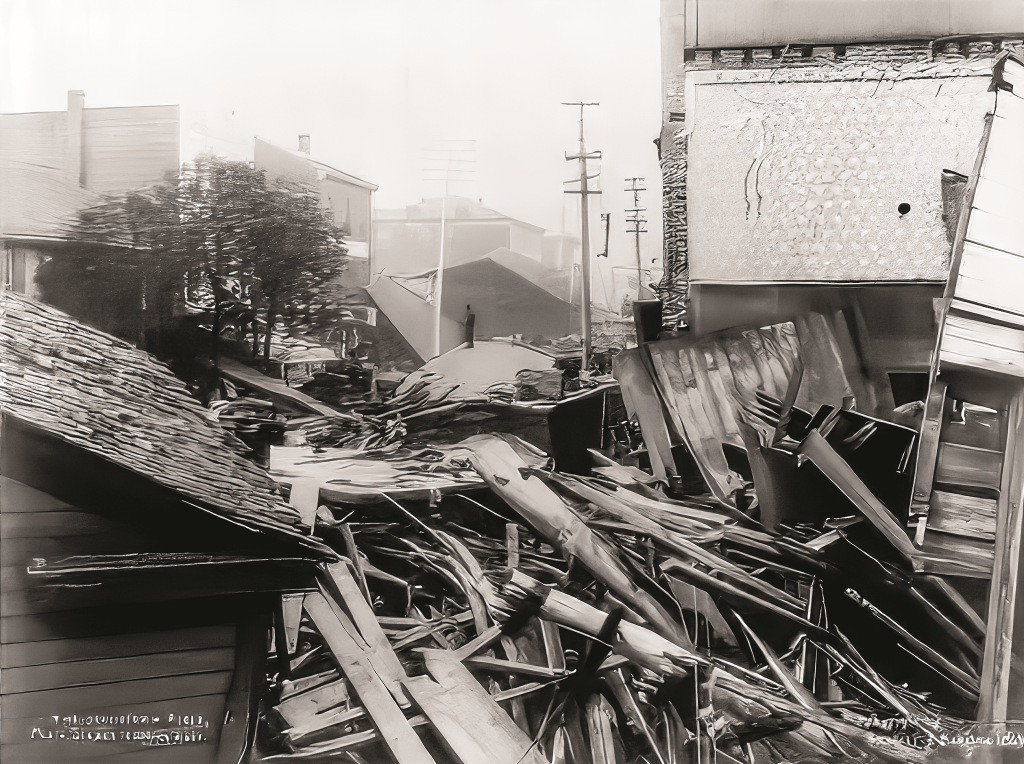
The Johnstown Flood of 1889
Pittsburgh and its industrialists contributed to one of the deadliest disasters in U.S. history — the Johnstown Flood — which resulted from the catastrophic failure of the South Fork Dam near Johnstown, Pennsylvania. The dam, owned by the South Fork Hunting and Fishing Club, a private retreat for Pittsburgh’s industrialists, burst after heavy rains, releasing 20 million tons of water into the valley below. The flood killed more than 2,200 people and caused widespread devastation. Members of the club, who included prominent Pittsburghers like Andrew Carnegie and Henry Clay Frick, had altered the dam to suit their recreational needs, compromising its structural integrity. Despite public outrage, no members of the club were held legally accountable for the disaster, leading to significant debates about corporate responsibility and social inequality. The flood brought national attention to the plight of industrial workers and their communities. Relief efforts, including aid from Clara Barton and the American Red Cross, marked one of the first major disaster responses in U.S. history. Today, the Johnstown Flood National Memorial preserves the site and tells the story of this devastating event.








